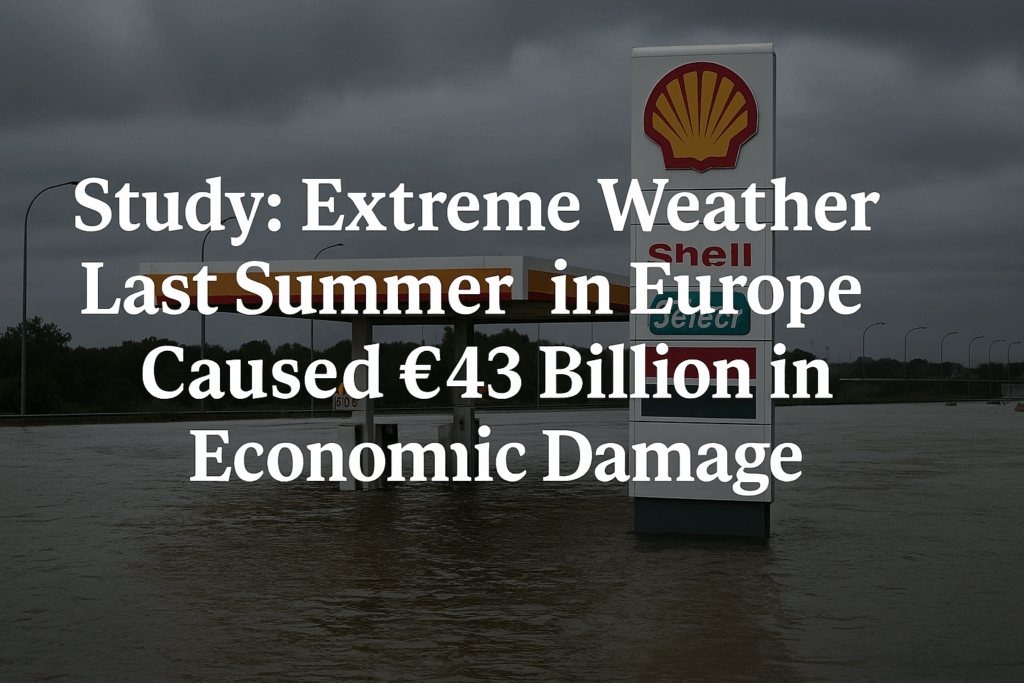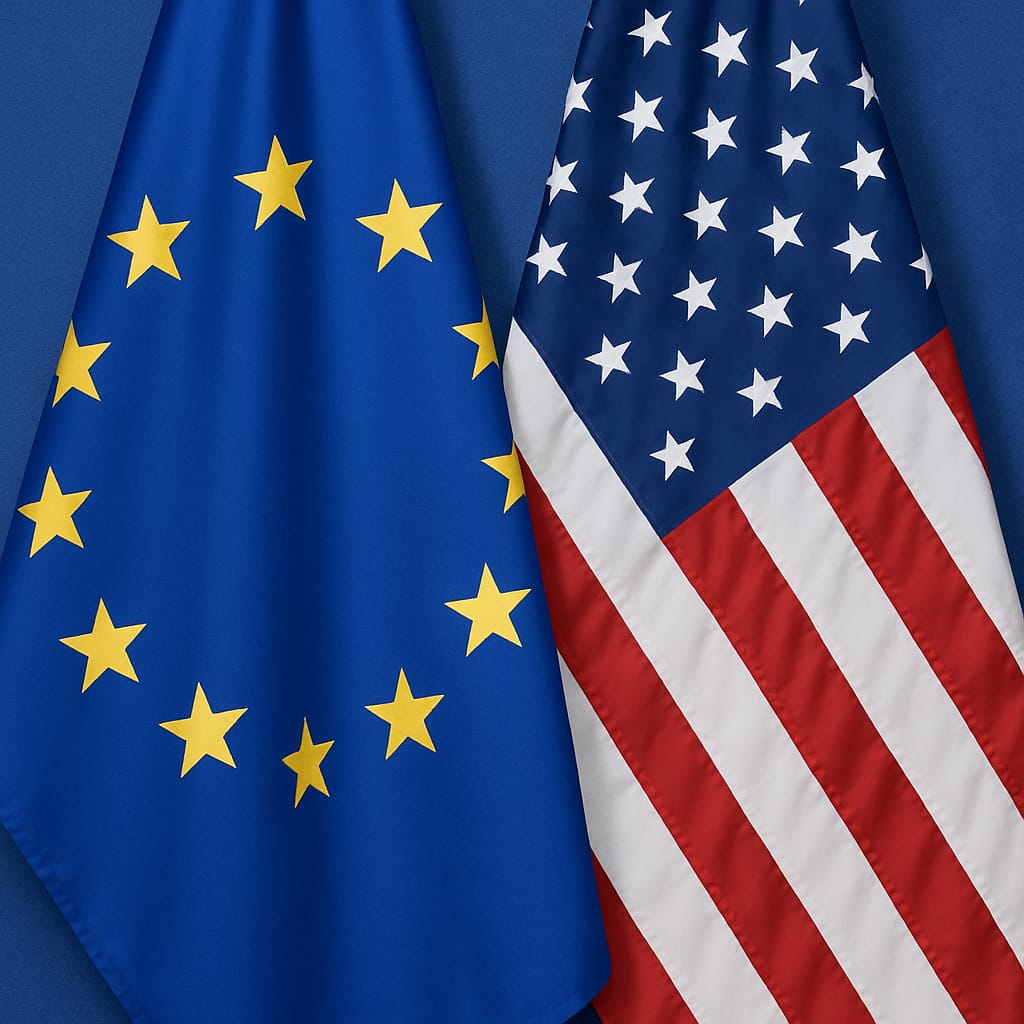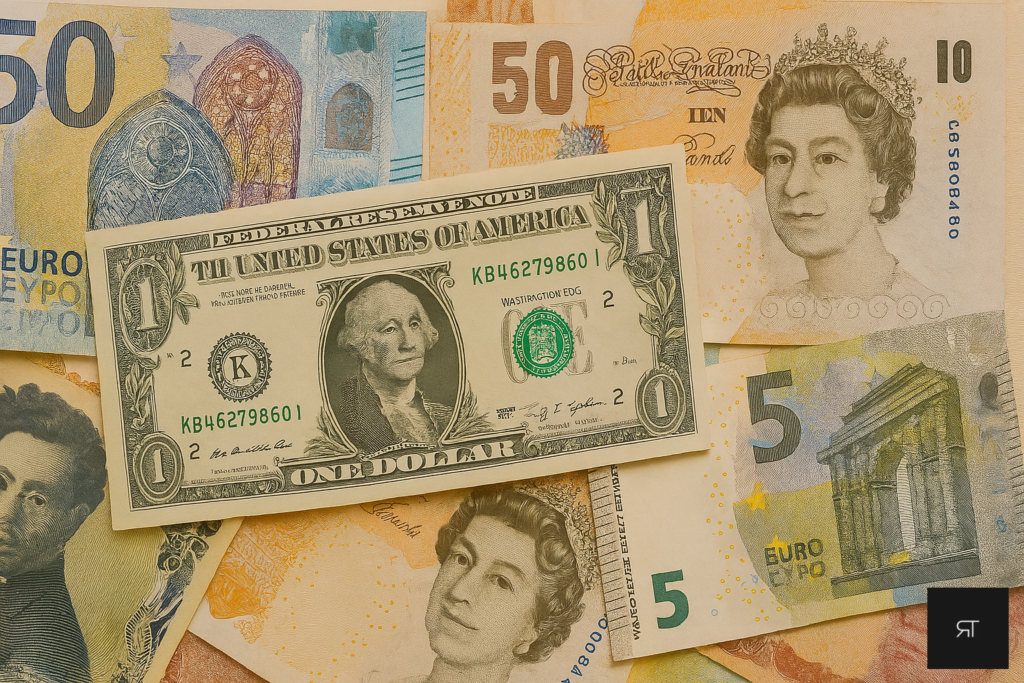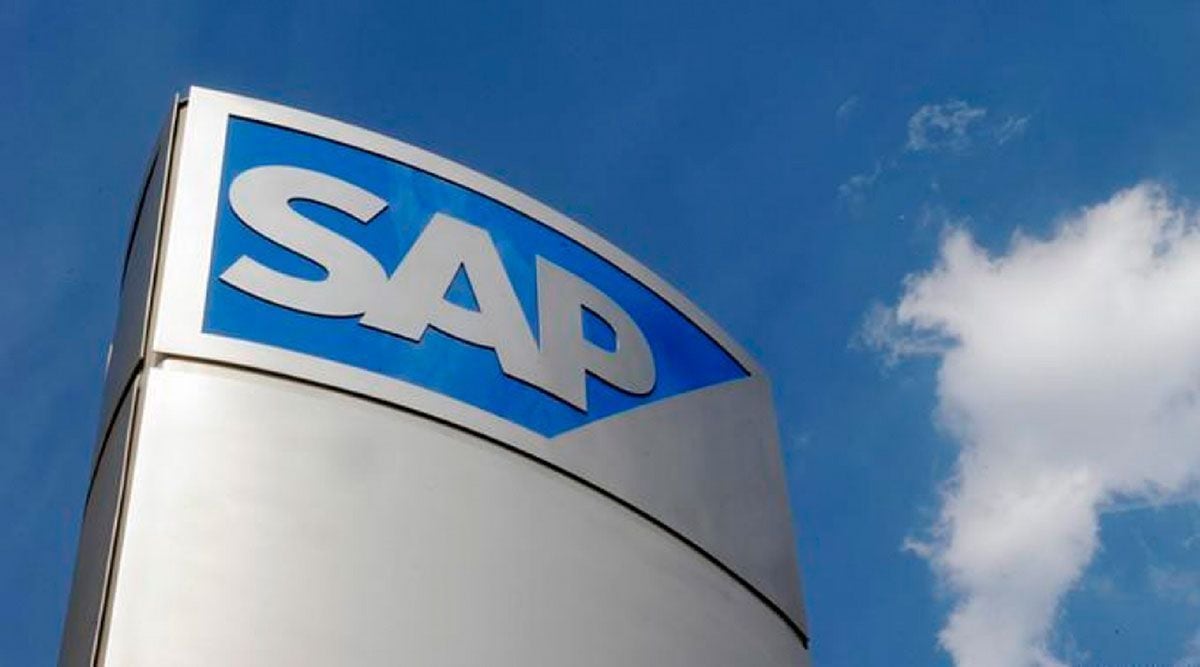September 2025 inflation in the Netherlands came in at 3.3%, significantly higher than the eurozone average of 2.2%. While many households experience this simply as “prices rising again,” the underlying dynamics are more structural than temporary — and that matters for wages, pensions, and policy.
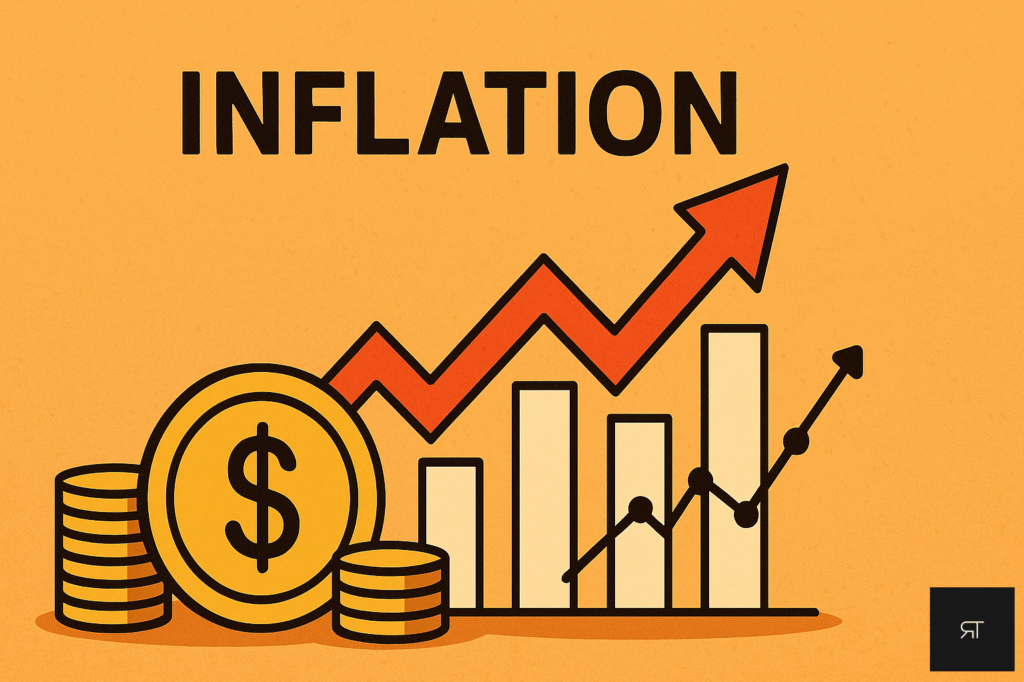
Why Dutch Inflation Is Consistently Higher
Economists have long noted that Dutch prices rise faster than those of their neighbors. Since the introduction of the euro in 2002, inflation in the Netherlands has run systematically above the eurozone average. Several factors explain this:
Tight labor market – The Netherlands has one of the lowest unemployment rates in Europe. With labor scarce, wages rise faster, and businesses pass on those costs.
Service-heavy economy – A large share of the Dutch economy is service-based, where labor costs are the dominant factor. Wage increases feed more directly into consumer prices than in Germany’s industry-heavy economy.
Tax and regulatory effects – Changes in VAT, energy taxes, and housing policies have historically added volatility and upward pressure compared to countries with more stable regimes.
The result: a structural inflation premium compared to their European peers.
September 2025: A Perfect Storm
The September figures highlight three simultaneous drivers:
Fuel & energy – About half of the increase stems from higher oil and energy prices. This is highly volatile but immediately visible to consumers at the pump and on utility bills.
Wages – Dutch wages have risen sharply in 2024–2025 as unions fought to protect purchasing power. This creates a feedback loop: higher prices → higher wage demands → higher prices.
Eurozone effect – While inflation rose in Europe overall (from 2.0% to 2.2%), the Dutch figure of 3.3% underscores the widening gap: 0.8 percentage points above the average, double the divergence of a month earlier.
Implications for Policy and Consumers
European Central Bank (ECB) – With inflation ticking up across the eurozone, rate cuts are off the table. For the Netherlands, this means tighter credit conditions even though our inflation problem is wage- and structure-driven, not monetary.
Purchasing power – For households, the outlook is grim. Real wage gains are limited because wage hikes feed inflation themselves. Pensioners, tied to indexation rules, also risk losing ground if inflation stays above assumptions.
Competitiveness – Dutch goods and services risk becoming more expensive relative to neighboring markets. This could push consumers to shop across borders (as seen in supermarket price comparisons) and pressure export margins.
Outlook: Here to Stay
Projections from Rabobank and the CPB (Dutch Central Planning Bureau) suggest inflation will average 3.2–3.3% in 2025 and only decline to around 2.4% in 2026. That remains well above the ECB’s 2% target.
The concern is not just the short-term squeeze at the gas pump, but a long-term erosion of purchasing power. Over 25 years, consistently higher inflation means Dutch consumers lose significantly more ground than their German, Belgian, or French counterparts — with ripple effects on pensions, savings, and confidence in economic policy.
Key Takeaway
Dutch inflation is not just about temporary oil shocks. It is structural, linked to the Dutch labor market and service-based economy. As long as wage growth translates directly into price growth, the Netherlands will continue to outpace the eurozone in inflation — and consumers will feel it in their wallets.
Parliamentary elections will be held in the Netherlands on October 29. A key question is how much influence the inflation figures will have on the outcome.


